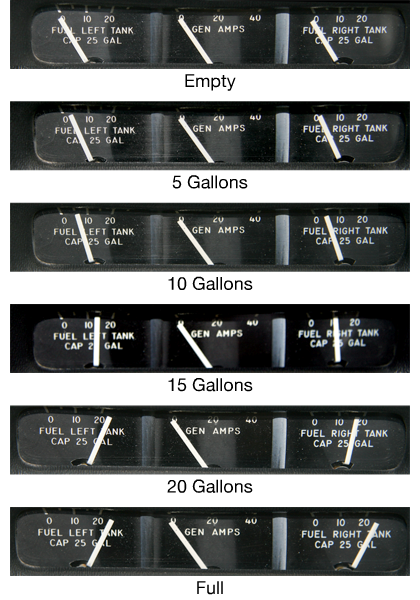Timbeck2
Final Approach
I know there was a thread on it before but I can't find the one I saw so I'll ask the question again if those in the CFI thread can tear themselves away long enough to voice an opinion.
What monitor do you guys have and how does it work for a two tank aircraft like most of the ones we fly? I'm not interested (anymore) in the all in one with the CHT, oil pressure, temp, etc. Just the ones like the JPI that give you fuel flow at a glance, fuel remaining, etc.
With two tanks (and none of them I've seen seem to depict two tanks just total fuel remaining) how do you accurately monitor your fuel consumption/remaining?
I'm looking seriously at this one.

What monitor do you guys have and how does it work for a two tank aircraft like most of the ones we fly? I'm not interested (anymore) in the all in one with the CHT, oil pressure, temp, etc. Just the ones like the JPI that give you fuel flow at a glance, fuel remaining, etc.
With two tanks (and none of them I've seen seem to depict two tanks just total fuel remaining) how do you accurately monitor your fuel consumption/remaining?
I'm looking seriously at this one.



